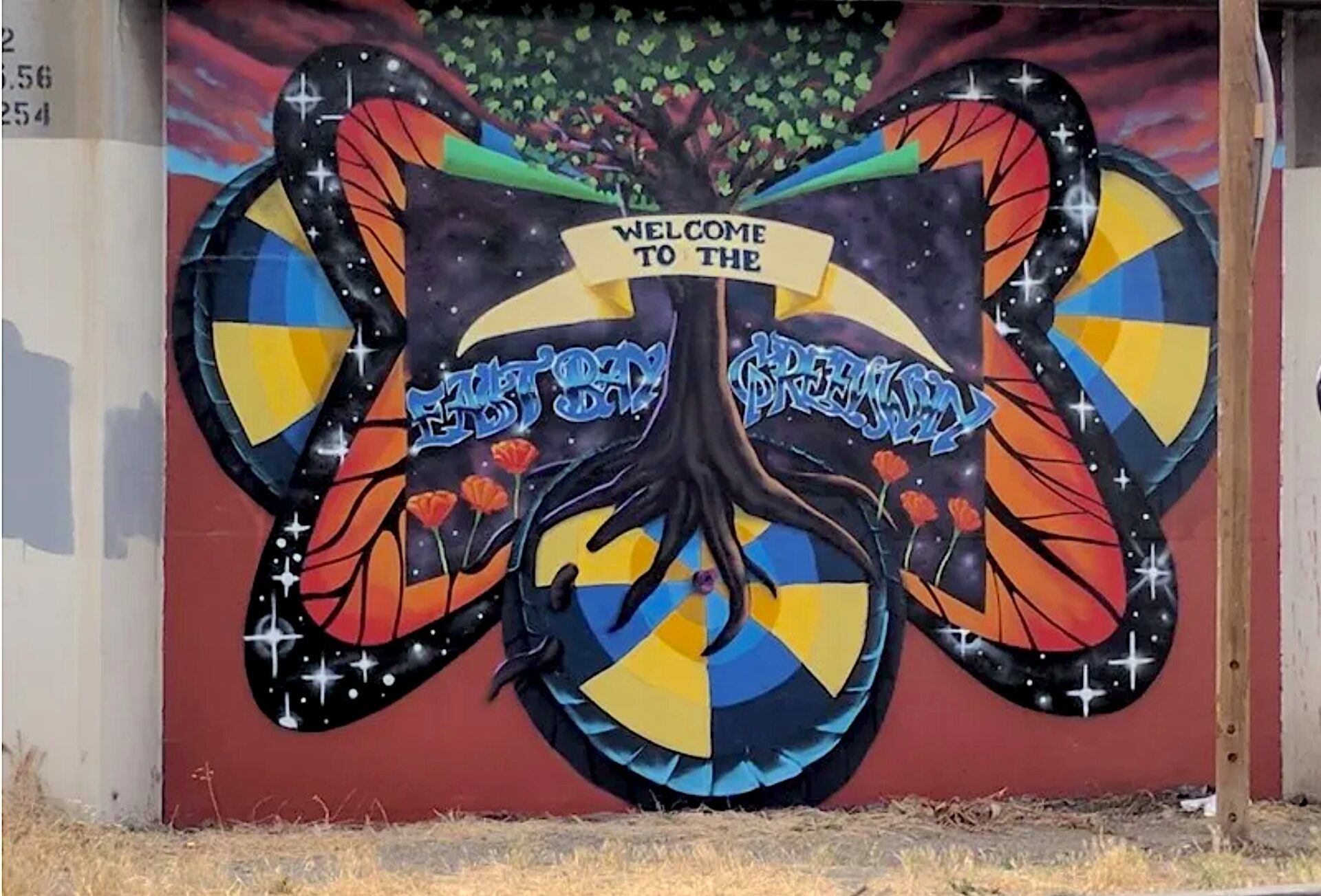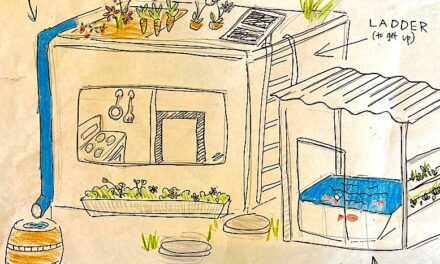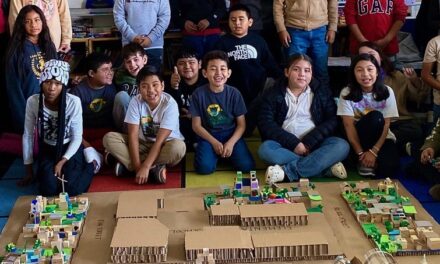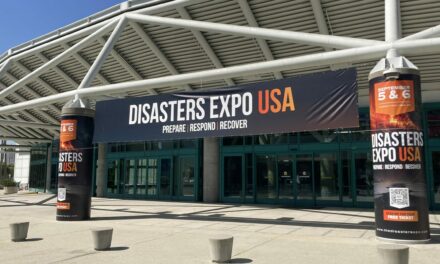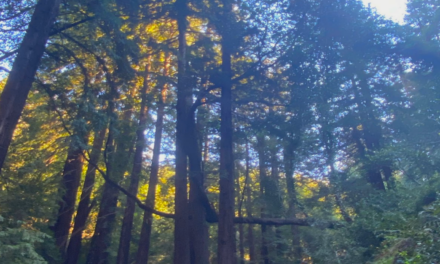Quilt Square #39
Creating bicycle-friendly infrastructure and promoting bicycling can make a positive difference for the climate for reasons that go beyond the impact of individual cyclists’ reduced carbon footprints.
Research shows that when we see our environment and nature up close, like from a bike trail, we are more likely to take action to protect it. This makes athletic cycling clubs valuable climate allies, even if not every club or member has a specific environmental focus or reason for cycling.
When people bicycle more, they also encourage cities and counties to create bicycle-friendly infrastructure that is also climate-friendly.
Lee Fleming, an avid cyclist, would love to see bike lanes across the entire span of the Bay Bridge and the retention of the bike lanes on the Richmond-San Rafael bridge.
Another cyclist, Phyllis Orrick, began biking when she had a half-mile walk from available parking spaces to her office. She now advocates for more affordable infill housing within East Bay cities. “Then people can live closer to where they work and shop, so that it’s possible to commute via bicycle. This will also shorten commute times for those who choose to drive.”
Robert Prinz, president of Bike East Bay, has long encouraged people to combine bicycling with mass transit, and to take mass transit in general. “Bike East Bay advocated for people to be able to take bicycles on BART from the very beginning. And we’d like to do even more to help people get to the stations via bike and safely park bikes there.”
One project in progress, for which Bike East Bay campaigned extensively, is the construction of the East Bay Greenway, a 30-mile corridor which will connect Lake Merritt to Fremont BART on a long bike path. Building the greenway involves reclaiming some abandoned industrial and railway land and carrying out environmental remediation. This remediation has proved logistically and financially challenging, requiring the diversion of the greenway in some places where cost became prohibitive. However, dedicated cyclist advocacy over many years has brought public attention and funding to the project, inspiring the remediation that has taken place.
Parts of the East Bay Greenway are specifically intended to provide people in low-income communities bisected by freeways with safer pathways to grocery stores and community gathering hubs. Greenway designers are also paying for and incorporating murals from local artists such as Oakland’s Scraper Bike Team into the Greenway infrastructure.
Prinz points out that sharing the road with bicycles also usually results in infrastructure changes that slow traffic down and contribute to making urban and suburban spaces more human-friendly and climate-conscious. Bike paths can also bring needed green space to under-resourced neighborhoods, and reduce local air pollution, noise, and parking pressure.
According to a survey conducted by Bike East Bay, 60 to 70 percent of people taking their road safety classes say they want to do more bicycling. And according to mobility data firm StreetLight Data, which uses GPS and other location data to measure urban transportation patterns, average daily bike trips per 1,000 people in the San Francisco Bay Area increased from 42 in 2019 to 65 in 2022.
Paul Hainsworth, president of the Berkeley Bicycle Club, shares a story of a new person who showed up with an e-bike and asked for an easy ride. “Six months later, the guy had a new mountain bike and signed up for a 70-mile trek!”
Cycling is great fun, and can easily become addictive. And, crafting urban and suburban areas that work for cyclists creates a greater quality of life and a more climate-resilient world.







